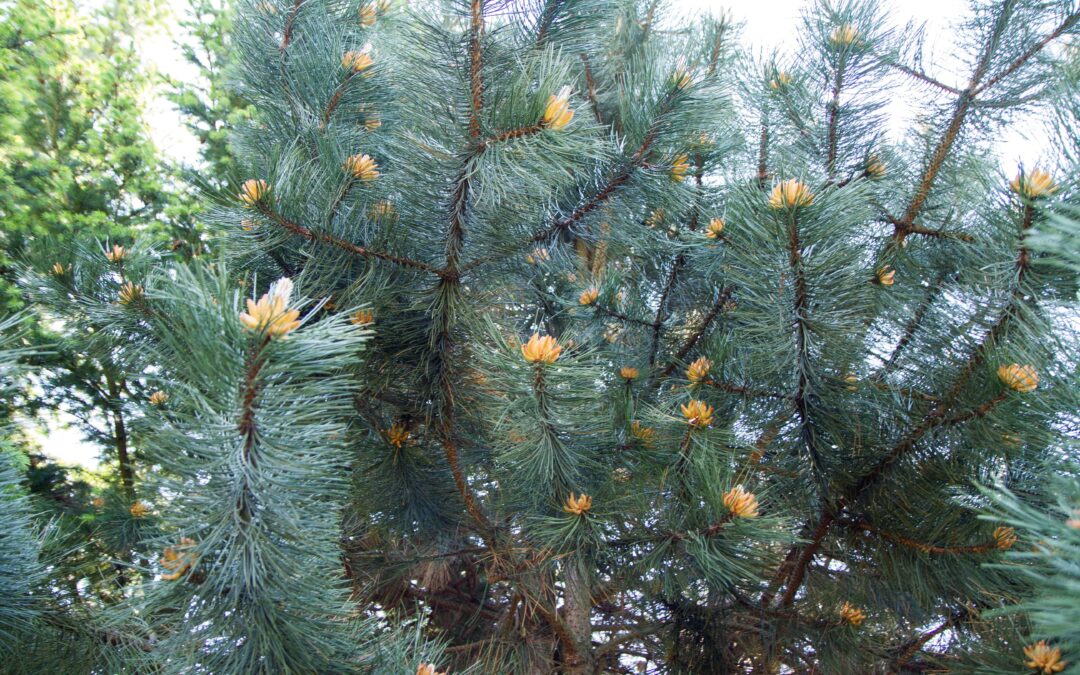The Serbian spruce, also known as Picea omorika, is a medium-sized evergreen tree that is native to Serbia and Bosnia. This tree is known for its narrow, conical shape, graceful drooping branches, and attractive blue-green needles.
The Serbian spruce is a popular choice for landscaping, as it can be used as a focal point in a garden, planted in rows to create a natural screen or windbreak, or grown in containers to decorate patios and decks.
One of the most striking features of the Serbian spruce is its needles. They are short and stiff, measuring around ½ inch in length, and are a vibrant blue-green color. The needles are arranged in a spiral pattern on the branches, which gives the tree a full and lush appearance.
The Serbian spruce can grow up to 60 feet tall in its native habitat, although it typically only reaches 30 to 50 feet in cultivation. It prefers well-drained soil and full sun, although it can tolerate some shade. It is also tolerant of cold temperatures and can withstand harsh winter conditions.
In terms of maintenance, the Serbian spruce is a relatively low-maintenance tree. It should be watered regularly during dry periods, and any dead or damaged branches should be pruned away. It is also relatively pest and disease-resistant, making it a popular choice for homeowners and landscapers alike.
Overall, the Serbian spruce is a beautiful and versatile tree that is well-suited for a variety of landscaping applications. With its graceful drooping branches, attractive blue-green needles, and conical shape, it is sure to add beauty and character to any outdoor space. Whether you’re looking to create a natural screen, windbreak, or simply add a striking focal point to your garden, the Serbian spruce is an excellent choice that is sure to impress.

